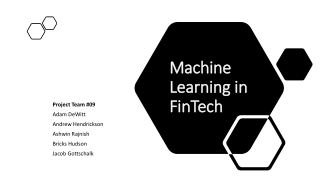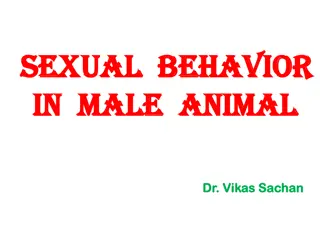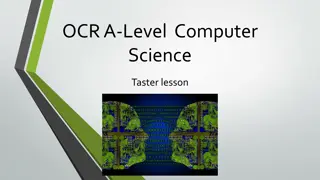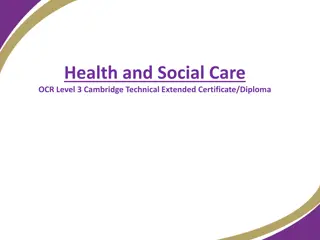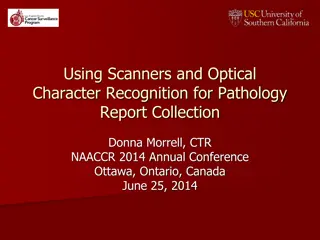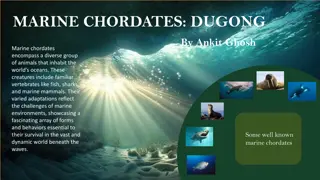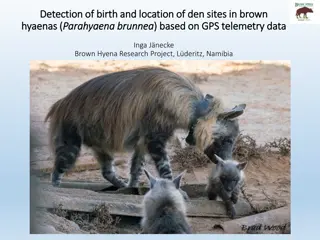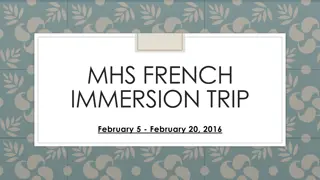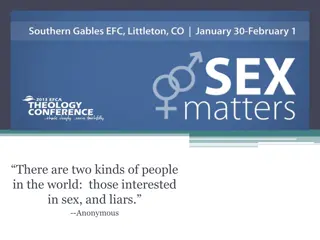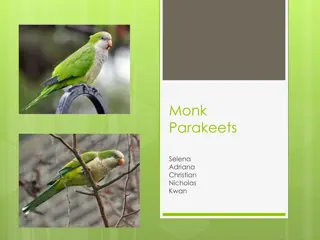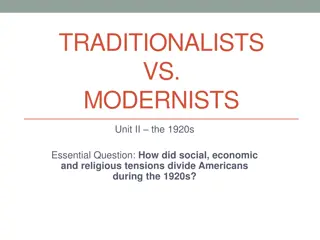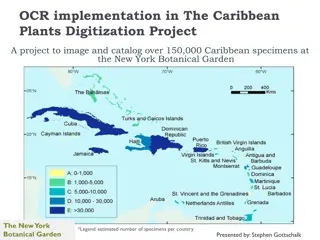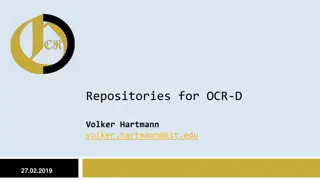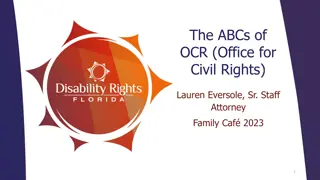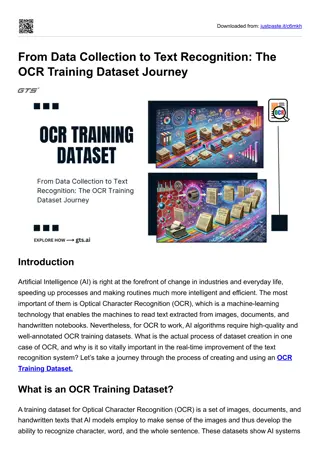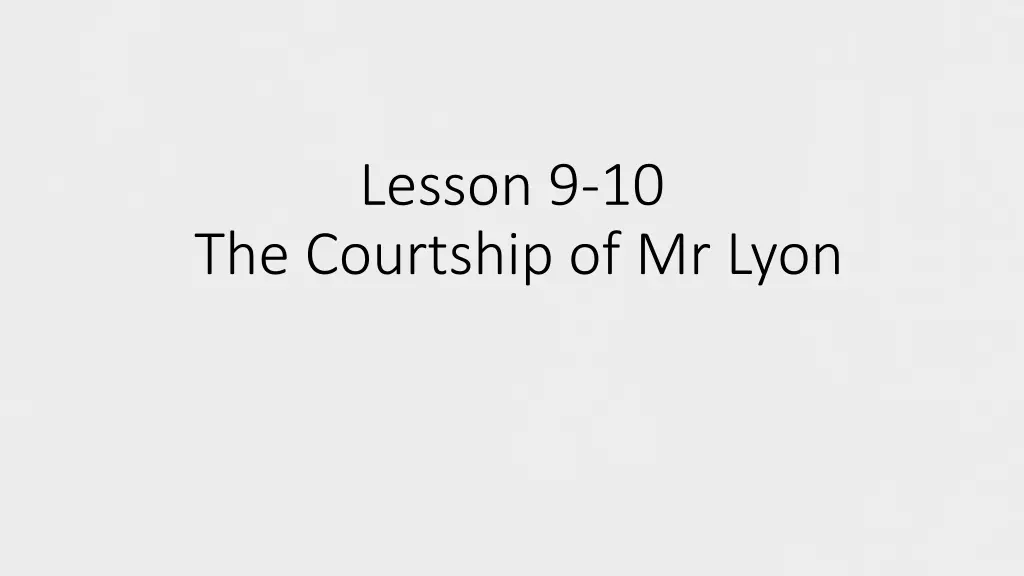
Gothic Literature and the Liminal Space of Otherness
Explore the symbolism of beasts and monsters in Gothic texts like "Dracula" and "Frankenstein," delving into the themes of fascination and repulsion in the portrayal of otherness. Discover how the notion of otherness is a key concept in Gothic literature, creating a liminal space that challenges boundaries and norms. Consider real-life examples of how cultures perceive and react to otherness, questioning the problematic nature of this concept.
Download Presentation

Please find below an Image/Link to download the presentation.
The content on the website is provided AS IS for your information and personal use only. It may not be sold, licensed, or shared on other websites without obtaining consent from the author. If you encounter any issues during the download, it is possible that the publisher has removed the file from their server.
You are allowed to download the files provided on this website for personal or commercial use, subject to the condition that they are used lawfully. All files are the property of their respective owners.
The content on the website is provided AS IS for your information and personal use only. It may not be sold, licensed, or shared on other websites without obtaining consent from the author.
E N D
Presentation Transcript
Lesson 9-10 The Courtship of Mr Lyon
The beast or the monster in the Gothic literature Consider what the beast or the monster might symbolise in other Gothic texts by considering what you already know about gothic texts which feature something monstrous Most of us know something about these texts even if we haven t already read them. 1. Jekyll and Hyde, Robert Louis Stevenson 2. Frankenstein, Mary Shelley 3. Dracula, Bram Stoker
Jacques Derrida: The theory of the Other Otherness often provokes a paradoxical response in the viewer: fascination and repulsion. This contrary response allows Gothic writers to explore the liminal. Liminal can be defined as relating to a transitional stage, or a space that is between or on the threshold of two boundaries. Gothic texts often seek to collapse these boundaries or oppositions (e.g. good and evil, beautiful and ugly, human and inhuman). This creates uncertainty and raises questions about the nature of these boundaries.
Key Gothic concept otherness from Derrida s theory of the Other. Alterity the state of being other or different Otherness characters of being different or alien Critical view: According to Fred Botting, the presence of others/monsters in demonstrates how cultures need to invent others in order to maintain limits. It allows cultures to identify norms and deviants and creates fear of difference. Gothic literature taps into this fear of otherness but can also de- stabilise it. What might be the reason for this? Can you think of any real life examples from now or present day? Why is the notion of otherness potentially problematic?
Opening question What effect has reading and studying The Bloody Chamber had on our approach to the next short story?
What do you think the purpose/moral of this fairy tale is? Again, what might Carter find unpalatable about it?
Source story: Beauty and the Beast According to folklorists, Beauty and the Beast is a sub-type of the folklore Search for the Lost Husband there are approximately 1500 versions. Beauty and the Beast by Madame Jeanne-Marie Le Prince de Beaumont was published in 1756 and the most well-known
Source story: Beauty and the Beast Belle remains with Bete to save her father who has enraged the powerful beast by stealing a rose from his garden, the gift his favourite daughter Belle had requested. Bete treats her like a Queen but nightly she refuses his marriage proposal. Bete allows Beauty to visit her sick father only if she returns within a week. Her envious sisters conspire to keep her longer, however, she returns to find Bete on the verge of death. Begging him not to die, she promises to marry him. Bete turns into a prince, and the fairy who advised Belle in a dream rewards her virtue, reunites her with her father, and punishes her sisters. - What s the moral or message? Is there anything unpalatable here?
Key terms- AO1 Magic realism texts that accept the presence of magic in otherwise realistic worlds Vignette- a brief evocative description, account, or episode. Anthropomorphisation attribution of human characteristics to animals (e.g. Disney films) Transformation the possibility of transformation lies at the heart of the romance genre characters are transformed by love, often when they realise or are able to see each other s true nature
P43-51 (up to Then the taxi came and took her away. 1. Analyse the effect of the language choices used in the opening to the story familiar fairy tale vignette a young woman at the window at dusk on the precipice of change, snowing outside, her situation narrated by an external narrator. 2. Why does Carter then shift our focus to the girl s perspective what s the effect of this? 3. Why is the economic status of the father important? 4. Look closely at the descriptions of the Beast s house (p44-46), considering imagery, symbolism and intertextual references. 5. Looking at p46-48, analyse the presentation of the Beast and the Beauty, selecting key quotations for each. 6. Focusing on p48-51, explore how Carter presents the developing relationship between Beauty and the Beast. You may want to compare this to the one shown in The Bloody Chamber .
P51-end 1. Once Beauty leaves the Beast, Carter explores the conflict between her perfect freedom and her sense of desolating emptiness. Can you explain what drives this conflict? 2. To what extent does Carter portray Beauty as an active saviour in this final section? 3. Does the final section of this story merely reflect the original moral of the source story (e.g. don t judge by appearances) or is it something more than this?
Interpretation Perhaps the most disturbing aspect of this story is that it is NOT subverted by Carter at all; in its new form, the reader has to question for themselves the values embedded in such a story What do you think the moral/value of this story is? How does Carter use it to draw our attention to key ideas? Support words conflict relationship between man and beast sacrifice relationships between men and women equality femininity and masculinity
Critical opinion (AO5) Regardless of class value, Beauty is initiated into married life within a patriarchal frame: whether she is a willing object, victim, heroine, or all three, both father and husband benefit from the exchange. Though often reluctant to give Beauty to the Beast whatever his level of willingness, the father gains riches, and in the end, happiness. For Beast, the all important side benefit of Beauty's love is the disenchantment that restores him to his rightful place in society. Acquiring Beauty as a wife also grants him beauty as a token within a socio-economic exchange. Her willingness to resign herself to Beast is the necessary condition for the transaction s success. Bacchilega, Christina, In the Eye of the Beholder: where is the beast? , Postmodern Fairytales: Gender and Narrative Strategies, Pennsylvania Press, 1997, p75
Written task - prep How far do you agree with the following statements? - Carter s stories suggest that all human beings can change or be changed - This story is not typical of the collection; it is a straightforward re- telling of a fairy tale Write opening paragraphs for essays based on these discussion points.

